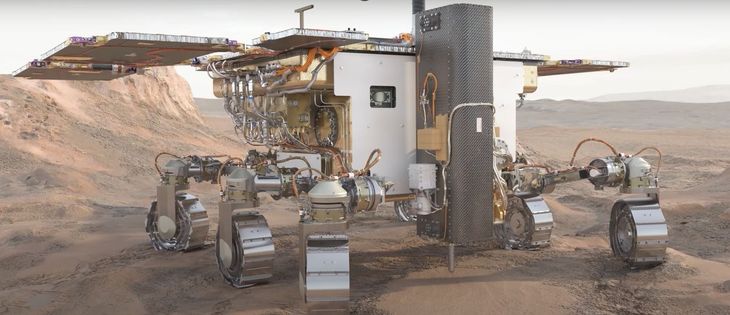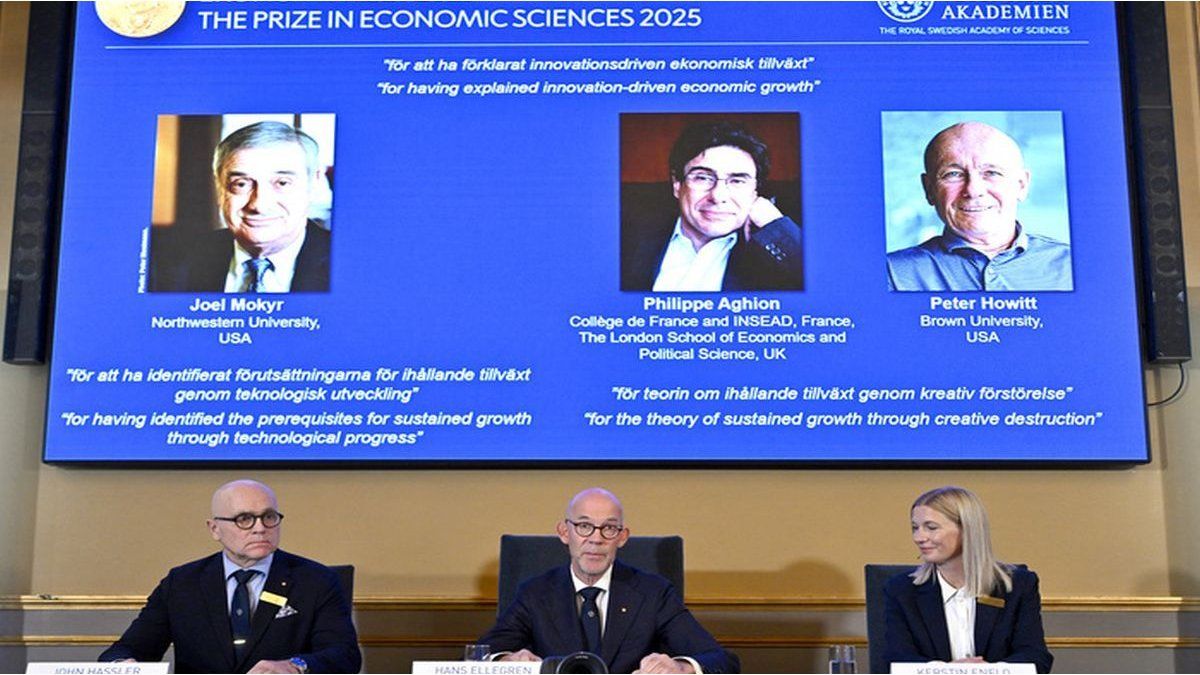ESE continues to advance with his plan to explore Mars. With missions that seek not only to expand scientific knowledge, but also position Europe as a leader in the world space race.
The European Space Agency (ESA) He is ready to mark a new milestone in space exploration with his ambitious missions program towards Mars. He launch of the Rove Rosalind Franklinscheduled for 2028and the high precision landing planned for 2035 They are two key pillars of their strategy to look for life and strengthen the European presence on the red planet. These missions are not only aimed at expanding scientific knowledge, but also consolidating Europe as a leader in the global space race.
The content you want to access is exclusive to subscribers.
He Rover Rosalind Franklin will be the first to explore the Marciano subsoil in search of organic compoundsa task that could shed light on the existence of past or present life on Mars. At the same time, ESA works in Advanced input, descent and landing technologiesnecessary for future more complex missions. This approach reflects Europe’s commitment to innovationthe sustainability and the International collaboration in the development of exploration infrastructure and, eventually, the colonization of Mars.


Rover Rosalind Franklin

Rover Rosalind Franklin was designed to explore the Martian subsoil in search of organic compounds.
European Space Agency
What is Rover Rosalind Franklin?
He Rover Rosalind Franklin It is one of the central pieces of the ESA Martian Exploration Program. Designed to search for signs of life, this vehicle equipped with Advanced technology can drill up to two meters under the surface of Mars. Your mission is to identify Organic compounds that could indicate the existence of past or present life On the planet.
Initially planned to launch in 2020The project suffered several delays due to technical and logistics challenges. However, the launch is now confirmed to 2028which will allow Europe to take a crucial step in Martian research. Rosalind Franklin not only seeks to expand scientific knowledge, but also to position ESA as a key actor in the development of Innovative technologies For planetary exploration.
Rosalind Franklin Drilling

ESA develops high precision entry, descent and landing systems, necessary for future missions on complex land, with a landing planned for 2035.
Technological advances
ESA not only focuses on immediate missions, but also in developing Technologies that guarantee the success of future expeditions. One of the main advances is the creation of High precision input, descent and landing systems. These technologies are essential to ensure that missions can operate in complex land and achieve their scientific objectives.
In addition, the agency works on the development of Lightshipa Advanced Propulsion Electric Tugboat which promises to revolutionize space transport. This vehicle will allow to move scientific teamsoffer services communication and navigationand facilitate manned missions in the future. With these advances, ESA seeks to consolidate its leadership in the Martian explorationcompeting directly with agencies such as POT and private companies such as Spacex.
Source: Ambito
David William is a talented author who has made a name for himself in the world of writing. He is a professional author who writes on a wide range of topics, from general interest to opinion news. David is currently working as a writer at 24 hours worlds where he brings his unique perspective and in-depth research to his articles, making them both informative and engaging.




